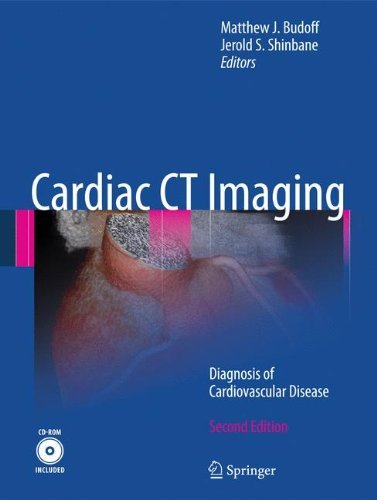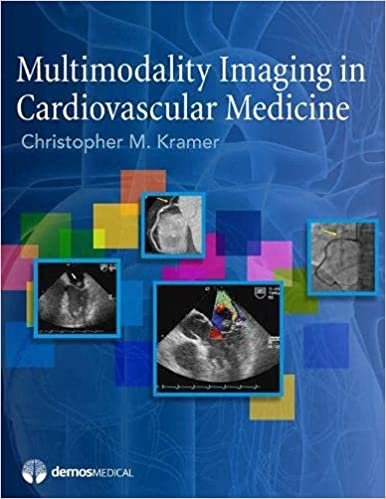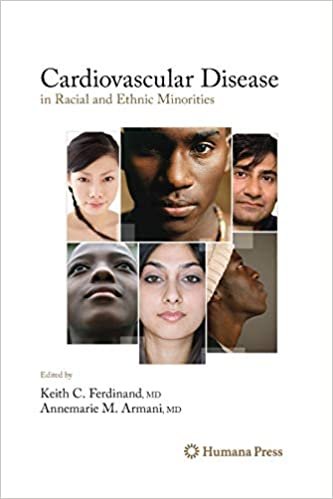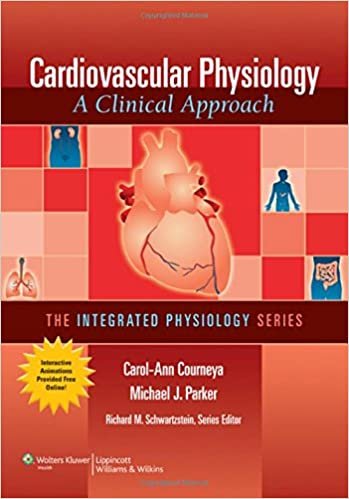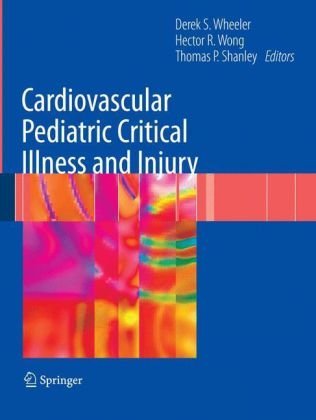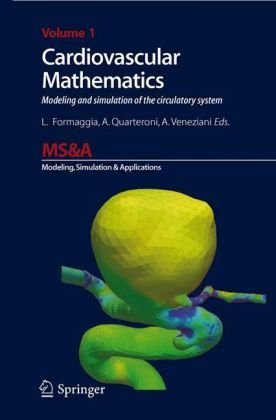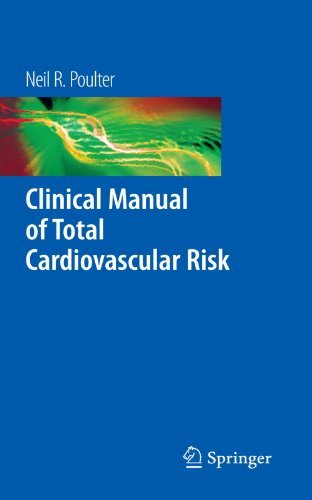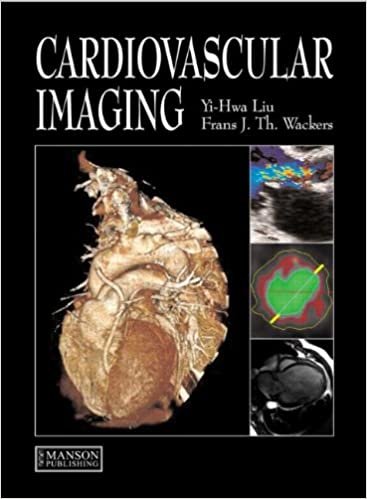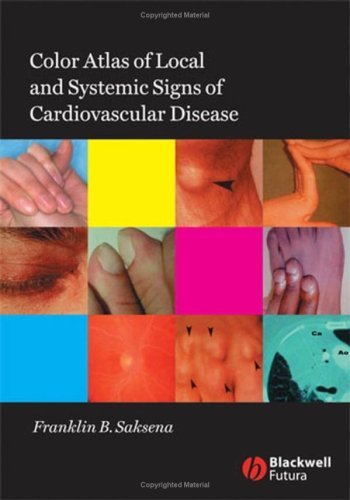- Sale!

Secondhand Smoke Exposure and Cardiovascular Effects Making Sense of the Evidence
by Data suggest that exposure to secondhand smoke can result in heart disease in nonsmoking adults. Recently, progress has been made in reducing involuntary exposure to secondhand smoke through legislation banning smoking in workplaces, restaurants, and other public places. The effect of legislation to ban smoking and its effects on the cardiovascular health of nonsmoking adults, however, remains a question.Secondhand Smoke Exposure and Cardiovascular Effects reviews available scientific literature to assess the relationship between secondhand smoke exposure and acute coronary events. The authors, experts in secondhand smoke exposure and toxicology, clinical cardiology, epidemiology, and statistics, find that there is about a 25 to 30 percent increase in the risk of coronary heart disease from exposure to secondhand smoke. Their findings agree with the 2006 Surgeon General's Report conclusion that there are increased risks of coronary heart disease morbidity and mortality among men and women exposed to secondhand smoke. However, the authors note that the evidence for determining the magnitude of the relationship between chronic secondhand smoke exposure and coronary heart disease is not very strong.Public health professionals will rely upon Secondhand Smoke Exposure and Cardiovascular Effects for its survey of critical epidemiological studies on the effects of smoking bans and evidence of links between secondhand smoke exposure and cardiovascular events, as well as its findings and recommendations. - Sale!

Horizons in World Cardiovascular Research Volume 1
by - Sale!

Cardiovascular Pharmacology Endothelial Control
by Cardiovascular disease remains a major cause of death and disability in developed countries and, increasingly so, in the developing world. Presented in this volume of Advances in Pharmacology are some of the most promising possibilities for treating large numbers of individuals afflicted with these conditions.- Contains up-to-date reviews of the most important emerging cardiovascular therapies written by world leaders in the field
- Sale!

Cardiovascular Pharmacology Heart and Circulation
by - Sale!
 Colour Matt Finshed
Colour Matt Finshed - Sale!

Cardiovascular Disease in Racial and Ethnic Minorities
by - Sale!

Cardiovascular Pediatric Critical Illness and Injury
by - Sale!

Cardiovascular Mathematics Modeling And Simulation Of The Circulatory System
- Sale!

Handbook of Cardiovascular Research
- Sale!

Meylers Side Effects of Cardiovascular Drugs
by Elsevier now offers a series of derivative works based on the acclaimed Meylers Side Effect of Drugs, 15th Edition. These individual volumes are grouped by specialty to benefit the practicing physician or health care clinician.Each year, heart disease kills more people than cancer. Patients are treated by a variety of specialists and primary care practitioners, depending on the organ system involved. This volume enables practitioners to assess the adverse effects of the complete range of drugs used in cardiovascular medicine, including antihypertensive drugs, and drugs used in the treatment of heart failure, angina, angina pectoris, and cardiac arrhythmia and enable practitioners to prescribe preventative treatments with medications such as blood pressure reducers, aspirin, and cholesterol-lowering drugs, as well as drugs used for more aggressive therapy.The material is drawn from the 15th edition of the internationally renowned encyclopedia, Meyler’s Side Effects of Drugs, and the latest volumes in the companion series, Side Effects of Drugs Annuals. Drug names have usually been designated by their recommended or proposed International Non-proprietary Names (rINN or pINN); when those are not available, clinical names have been used. In some cases, brand names have been used.This volume is critical for any health professional involved in the administration of cardiovascular mediations.- Surpasses the Physician’s Desk Reference © by including clinical case studies and independent expert analysis
- Complete index of drug names
- Most complete cross referencing of drug-drug interactions available
- Extensive references to primary and secondary literature
- Also includes information on adverse effects in pregnancy
- Drugs used to treat hypertension, heart failure and angina pectoris
- Diuretics – a general introduction to their adverse effects, followed by monographs on individual drugs
- Antidysrhythmic drugs - a general introduction to their adverse effects, followed by monographs on individual drugs
- Drugs that act on the cerebral and peripheral circulations
- Anticoagulants, thrombolytic agents, and anti-platelet drugs
- Cardiovascular adverse effects of non-cardiovascular drugs
- Sale!

Forensic Cardiovascular Medicine
by - Sale!

Cardiovascular Genetics and Genomics
by - Sale!

Clinical Manual of Total Cardiovascular Risk
by Over the last 10–20 years, there has been an increasing appreciation of the need to manage individual risk factors for cardiovascular disease (CVD) in the context of overall cv risk rather than on the basis of the absolute level of any given risk factor. This approach has given rise to the misnomer “global risk” and gen- ated extensive “lip-service” around this more broad-minded approach to managing risk factors and the prevention of CVD. This short book was devised with the idea of providing a practical summary of the rationale for management based on estimated total CV risk and the various methods associated with so-doing. Practical issues are addressed including treatment thresholds and targets for the major risk factors on which we routinely intervene, and a brief descr- tion of the major means of these interventions is provided. Whilst a multifactorial approach to CV prevention is logical and reflects the pathophysiological processes which underpin the formation of athe- sclerosis, the evidence base to guide practice using estimated CV risk (“global risk”) as a threshold for intervention is essentially non-existent. Meanwhile, pending supportive evidence from randomized trials, prac- cal, pragmatic, and cost-effective approaches to preventing CVD, which is the current biggest contributor to global mortality and burden of disease, is urgently required. The hope is that this book may make a small contribution toward reducing the horrendous burden which CVD currently imposes on the world. - Sale!

Cardiovascular Endocrinology Shared Pathways and Clinical Crossroads
by Over the past few decades, cardiovascular disease and diabetes have emerged as major public health problems, both as distinct clinical entities and as comorbid conditions. As a result, the fields of vascular biology and endocrinology are working more closely now than ever before. With chapters by renowned experts, Cardiovascular Endocrinology: Shared Pathways and Clinical Crossroads emphasizes the considerable physiological interrelationships and clinical correlations between the specialties of cardiovascular medicine and endocrinology. Offering a wealth of information, Cardiovascular Endocrinology: Shared Pathways and Clinical Crossroads provides a range of insights, including a novel view of the hormonal regulation of the vascular system and the disruption of the nitric oxide signaling system. It also addresses the role of fatty acids and cytokines in the development of this problem. Importantly, this unique title also provides a state-of-the-art update on the importance of other hormones such as thyroid hormone and steroids, as well as the pathophysiology of cardiovascular disease and controversies surrounding the use of hormone replacement therapy. In all, Cardiovascular Endocrinology: Shared Pathways and Clinical Crossroads is a first-of-its-kind title that discusses and summarizes important clinical topics in cardiology and endocrinology. It offers clinicians and researchers an important resource for navigating the increasingly interrelated pathways of cardiovascular and endocrinologic disorders. The authors discuss a range of important issues from epidemiology to bench research to translation of this research to clinical practice. - Sale!

Cardiovascular Disease in AIDS 2nd Ed
- Sale!

Cardiovascular Imaging
- Sale!

Cardiovascular and Pulmonary Physical Therapy
Quick and convenient, this resource provides a clinical overview of a wide variety of diseases and disorders that affect the cardiovascular system and lungs and the physical therapy management of patients with them. It integrates key concepts of pathophysiology, clinical manifestations, diagnostic tests and laboratory information and findings with clinically important medical and surgical interventions and pharmacologic therapies ― then applies the material to physical therapy evaluation and treatment. This edition adds an introductory chapter on the oxygen transport pathway, the effects of dysfunction along the pathway, and the implications for physical therapy.- Offers a complete overview including basic cardiopulmonary anatomy and physiology, the pathophysiology of commonly encountered cardiac and pulmonary disorders, diagnostic tests and procedures, therapeutic interventions, pharmacology, physical therapy evaluation and treatment, and clinical laboratory values and profiles.
- Uses a bulleted format to make finding information quick and easy.
- Lists the latest drugs used for the treatment of cardiopulmonary disorders.
- Includes information on laboratory medicine and pediatrics to help you apply cardiopulmonary principles to practice.
- Follows the oxygen transport pathway ― the delivery, uptake and, extrication of oxygen as it actually functions in a clinical setting ― providing a logical framework for understanding cardiopulmonary concepts.
- Explains the implications of defects in the pathway ― essential considerations for clinical practice.
- Includes a comprehensive listing of common cardiopulmonary diseases, as well as a number of other diseases that are associated with cardiopulmonary dysfunction.
- Provides new and updated illustrations that depict common pathologies such as the pathophysiology of left ventricular diastolic and systolic dysfunction, volume versus pressure overload, and dilated versus hypertrophies versus restrictive cardiomyophathies.
- Includes descriptions of important interventions such as lung volume reduction surgery and lung transplantation.
- Adds a new section on simple anthropometric measurements for determining obesity, with information on this demographic trend and how it impacts assessment.
- Sale!

Atlas of Cardiovascular Magnetic Resonance Imaging
Atlas of Cardiovascular MR, by Christopher M. Kramer, MD and W. Gregory Hundley, MD, provides the rich visual guidance you need to effectively diagnose cardiovascular problems using the latest cardiac magnetic resonance imaging approaches. Using a case-based approach, this new clinical reference explains how to select and implement the best imaging options for every type of cardiovascular disease and shows you how to interpret your findings. An Expert Consult site, included with the book, provides additional images and videos that provide further clarity on cardiovascular applications of MR imaging.- Key points in each chapter summarize the most important things to remember.
-
- A case-based format demonstrates how imaging principles apply to real clinical situations.
- A clinically oriented, practical approach focuses on the hands-on knowledge you need to achieve the best image quality, avoid artifacts, and interpret images accurately.
- Numerous high-quality images, many in full color, mirror the cardiovascular MR findings you see in practice.
- A companion DVD provides additional images and videos that further illustrate cardiovascular applications of MR imaging.
- A logical, consistent format in each chapter makes information easy to find.
- Sale!

Handbook of Cardiovascular CT Essentials for Clinical Practice
- Sale!

Color Atlas of Local and Systemic Manifestations of Cardiovascular Disease
This brief guide to visual diagnosis helps the novice develop -- and the veteran refresh -- crucial skills that can spare the patient unnecessary testing and bring the physician one step closer to an accurate diagnosis.Dr Saksena draws on his years of experience in teaching and training to show you the physical signs of cardiovascular disease that can be spotted by visual examination. For each sign, a color photograph is paired with explanatory text that:- describes the significant features of the sign
- explains its use in diagnosis
- identifies the likeliest causes
- Sale!

Tresch and Aronow's Cardiovascular Disease in the Elderly (Fundamental and Clinical Cardiology) 5th Edition
by With advances and breakthroughs in modern medicine that are allowing people to live longer, the number of older adults will continue to grow exponentially over the next several decades. Cardiologists, geriatricians, and other clinicians caring for the elderly will require—at the very least—a basic understanding of cardiovascular disorders that commonly affect the older patient. In the fifth edition of Tresch and Aronow's Cardiovascular Disease in the Elderly, each chapter has been thoroughly updated to provide a comprehensive, yet accessible overview of the epidemiology, pathophysiology, evaluation, and treatment of cardiovascular disorders in older adults. The book spans topics such as aging changes in the cardiovascular system, risk factors and epidemiology for coronary artery disease, valvular heart disease, cardiomyopathies and heart failure, arrhythmias, cerebrovascular disease, and other miscellaneous subjects. The contributors supply evidence-based recommendations with strong emphasis on new research findings. New to the Fifth Edition:- Numerous chapters comprehensively revised with new authors and/or co-authors
- Summaries at the beginning of each chapter to facilitate easy reading
- Discussion of the use of new antithrombotic agents in older adults
- Important references in the bibliography highlighted for simplified access
- Sale!

Cardiovascular MRI 150 Multiple Choice Questions and Answers
by




